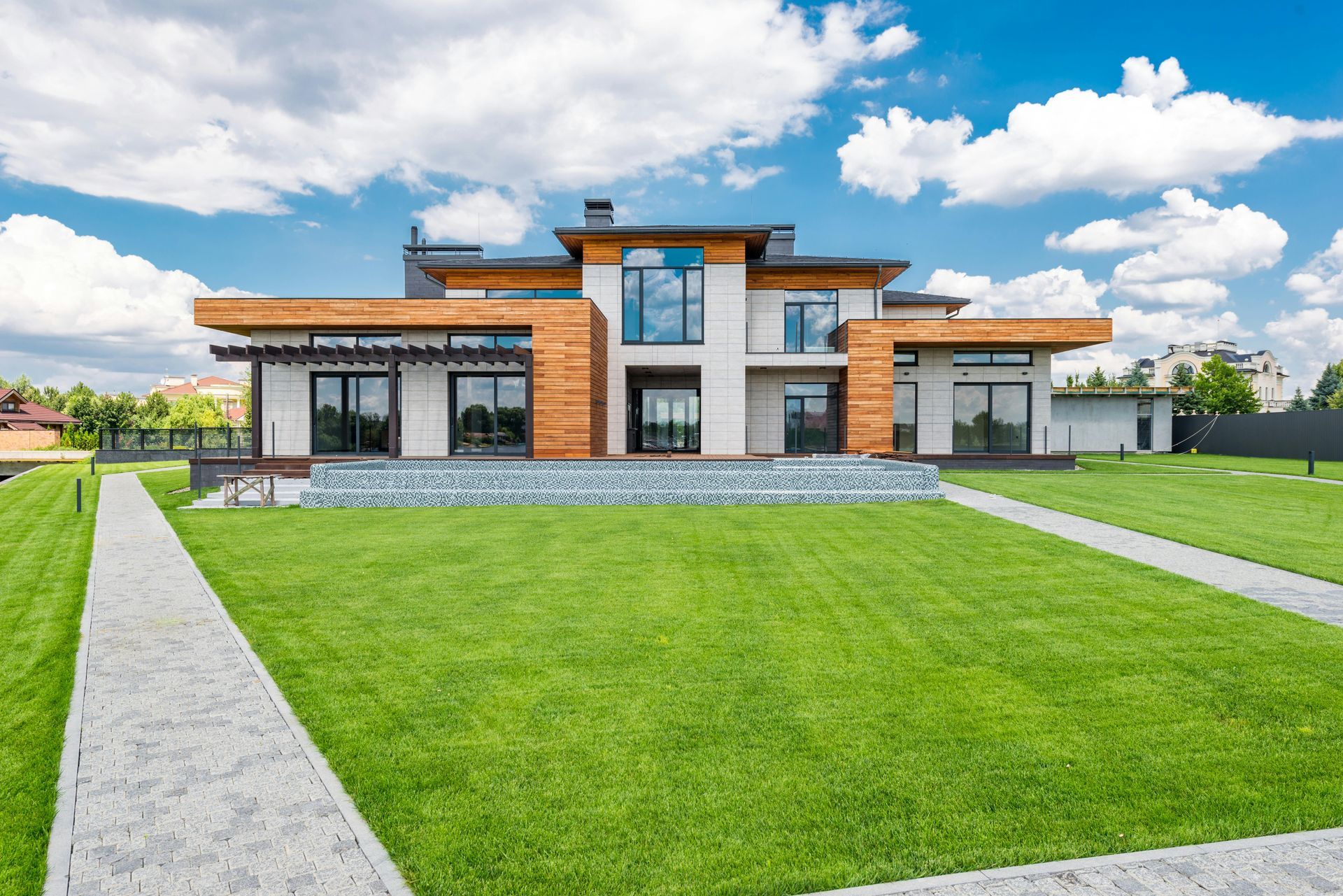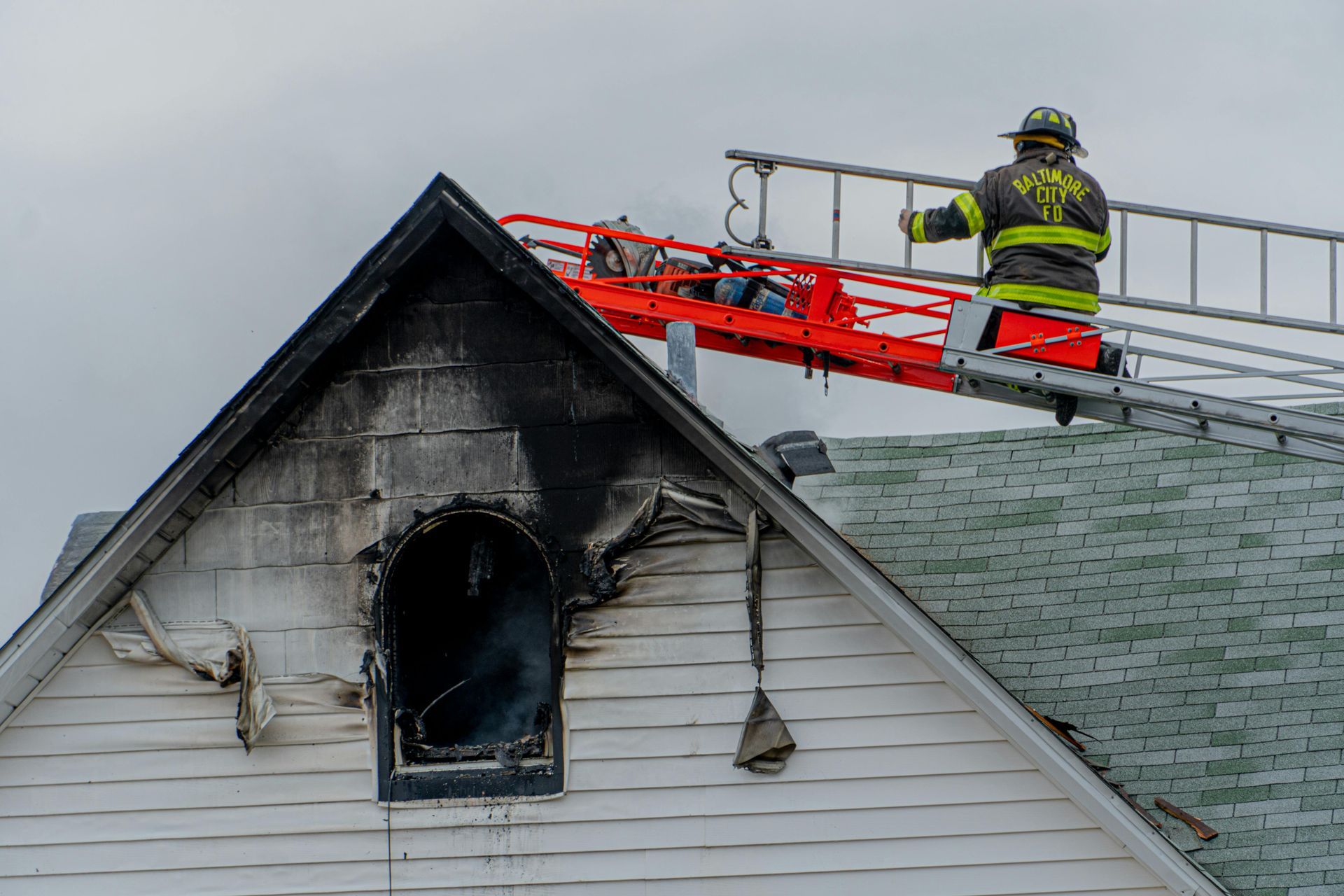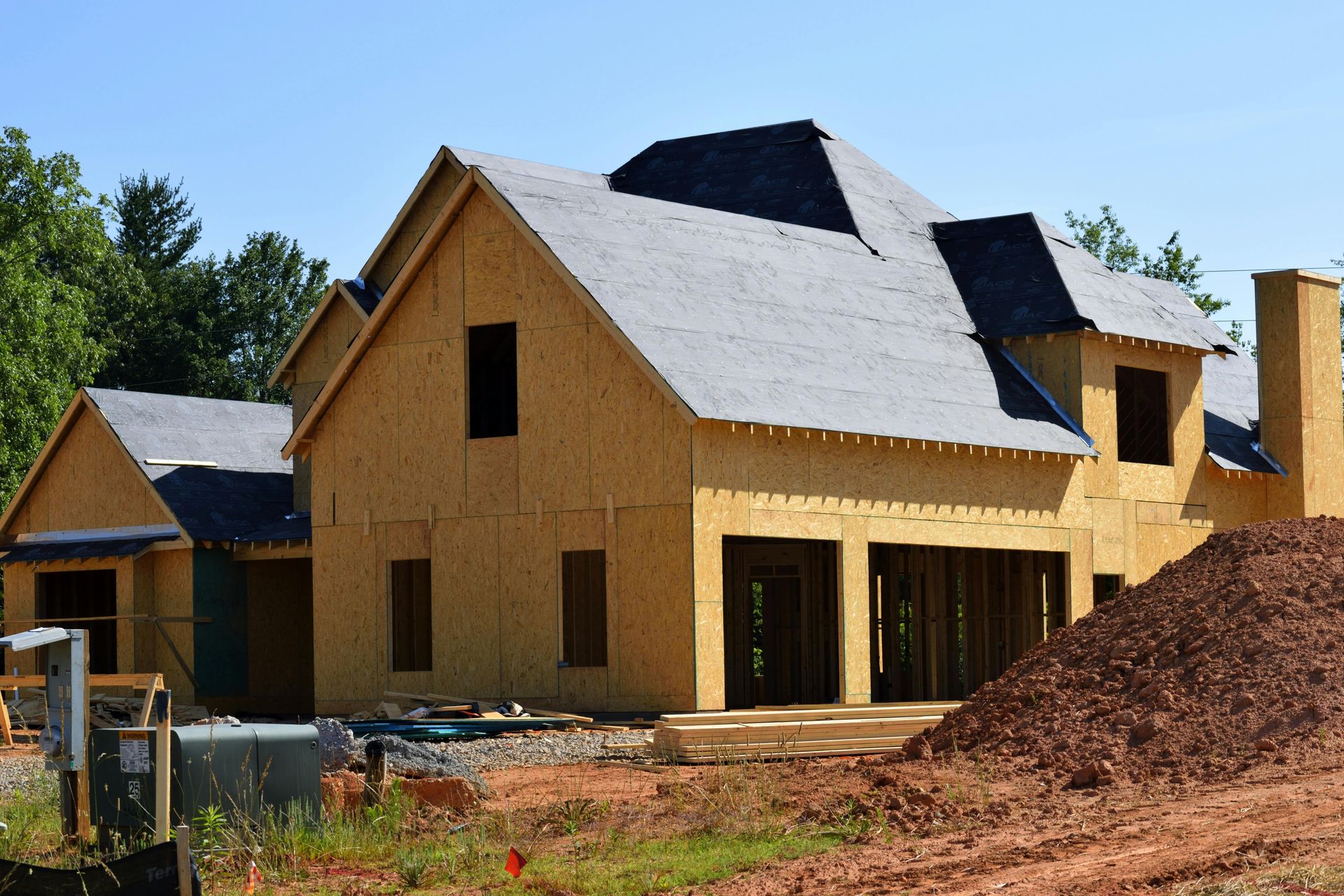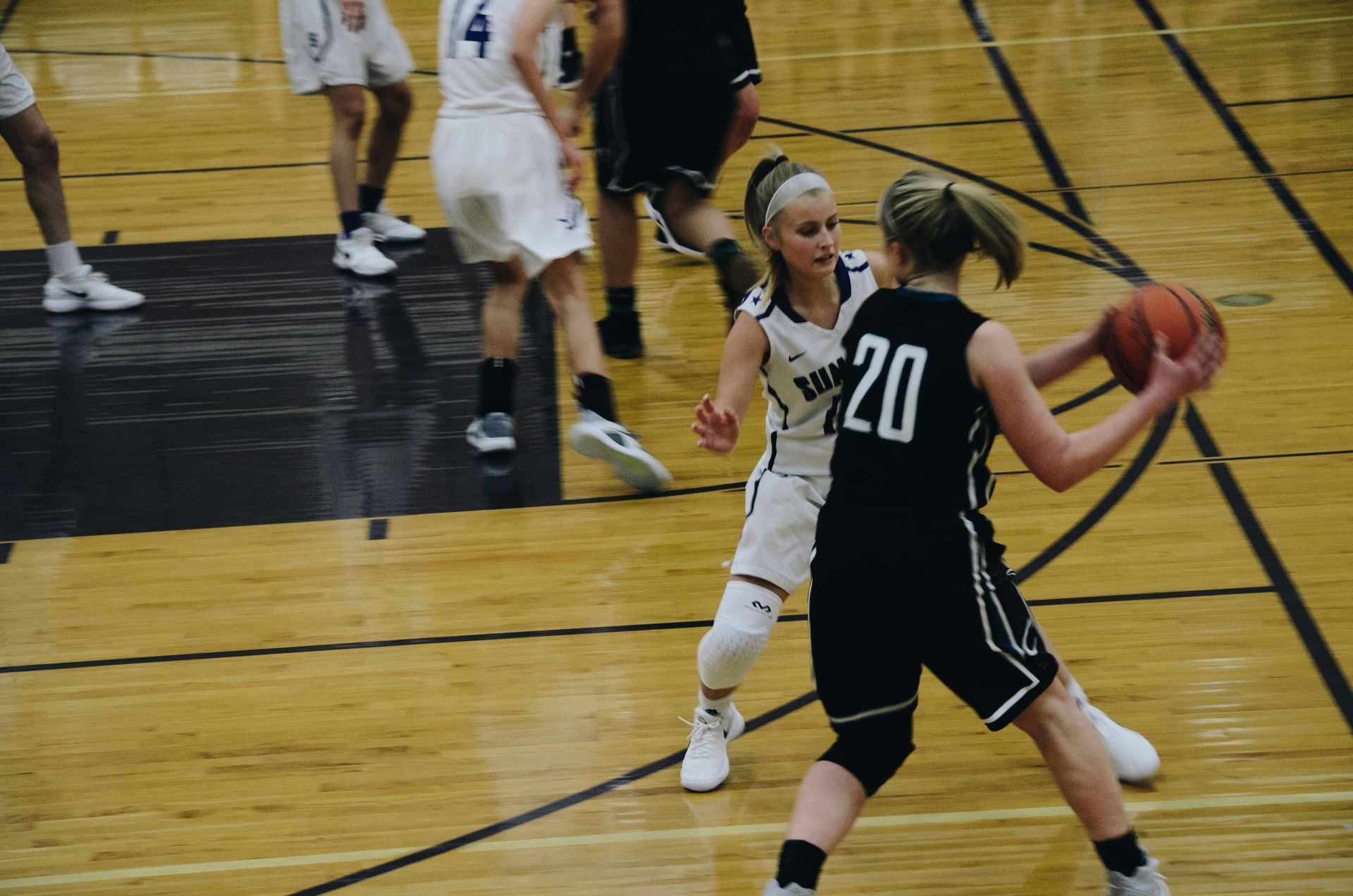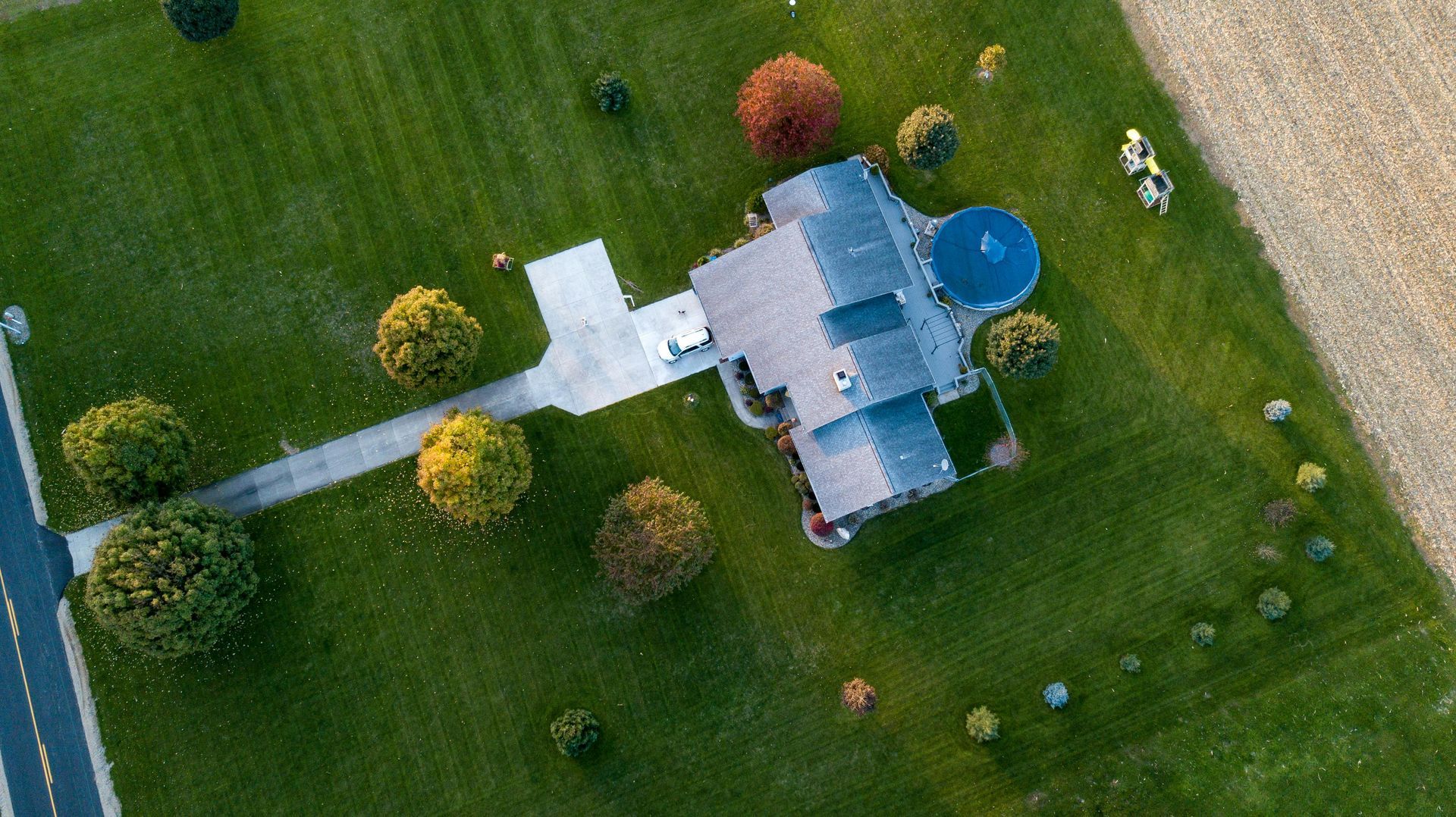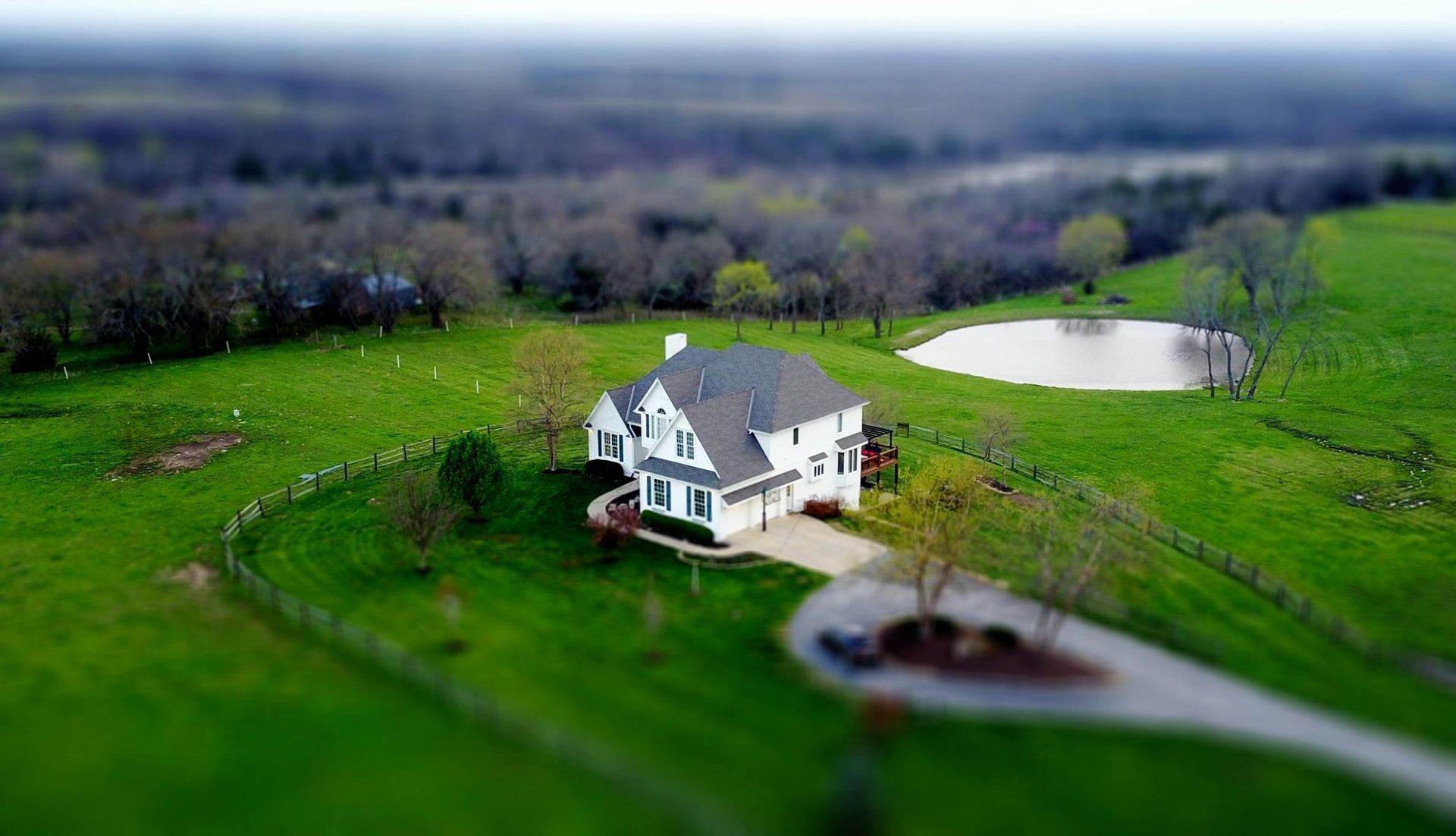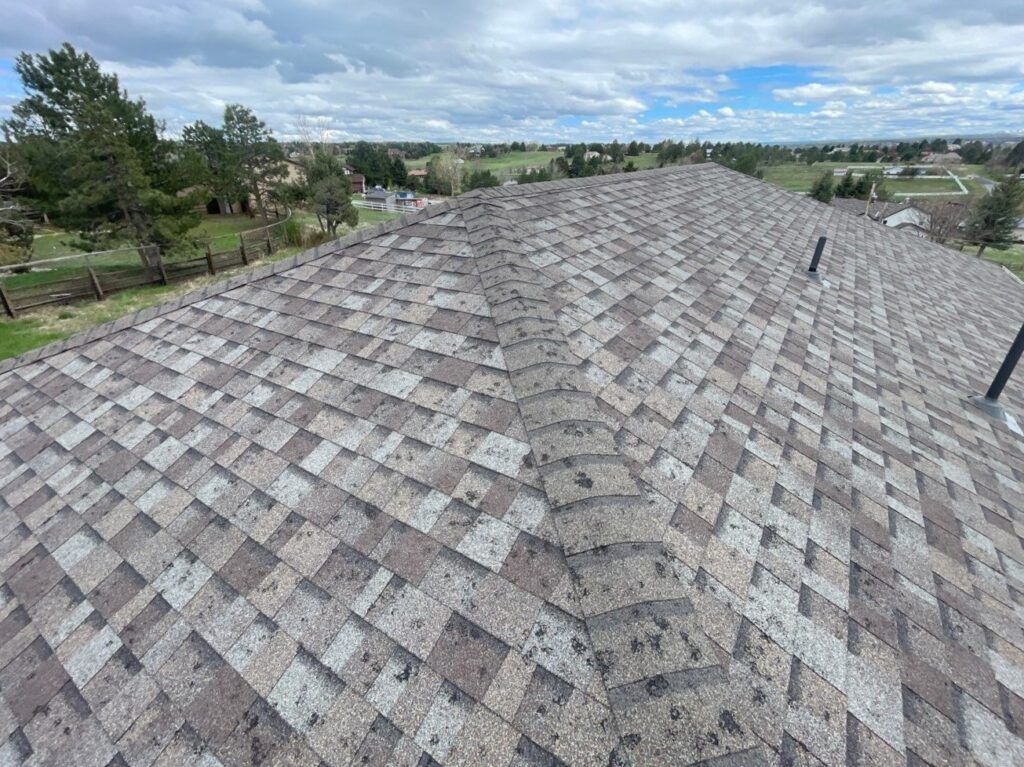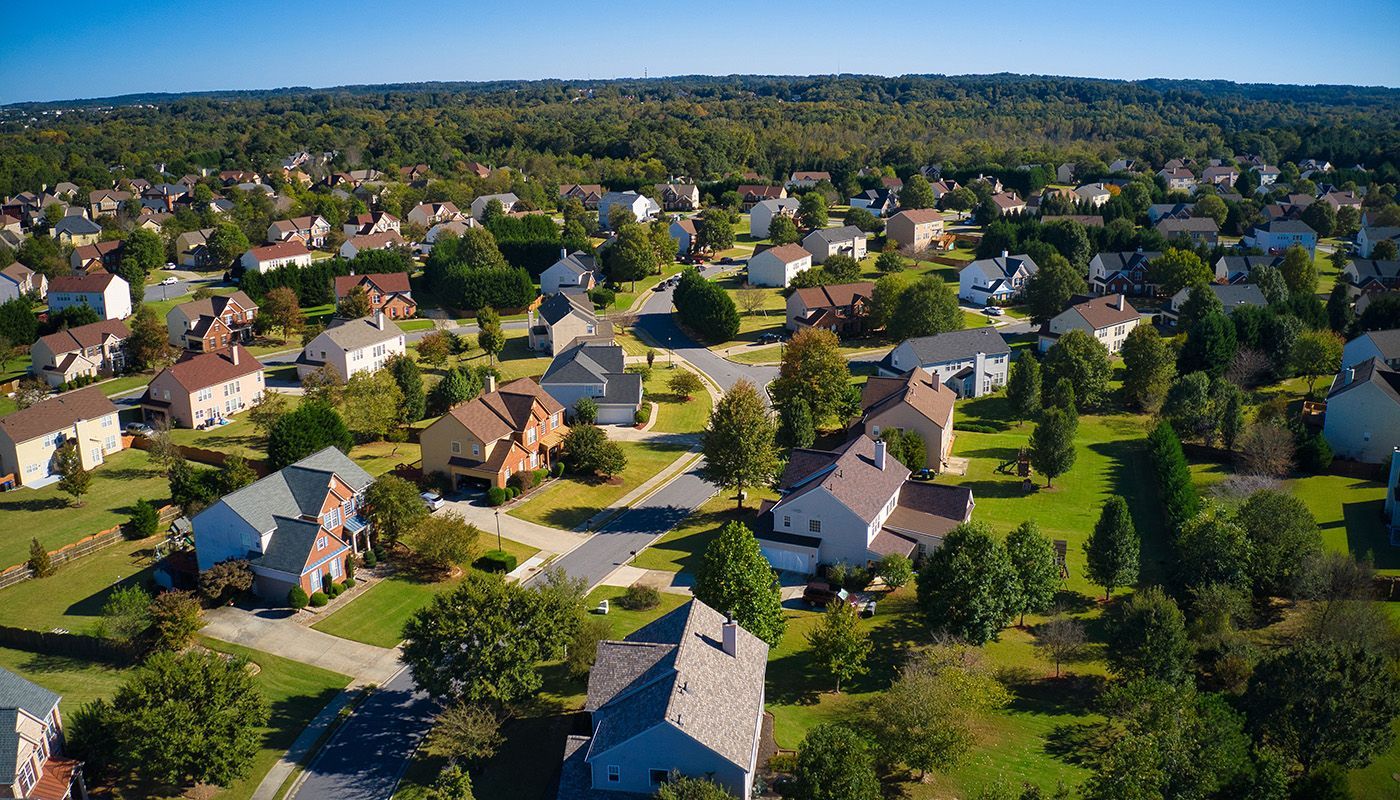Kitchen Water Damage: Causes, Prevention, and Solutions for Dallas-Fort Worth Homes
Water Damage in the Kitchen: Causes, Prevention, and Solutions for Homes in Dallas-Fort Worth.
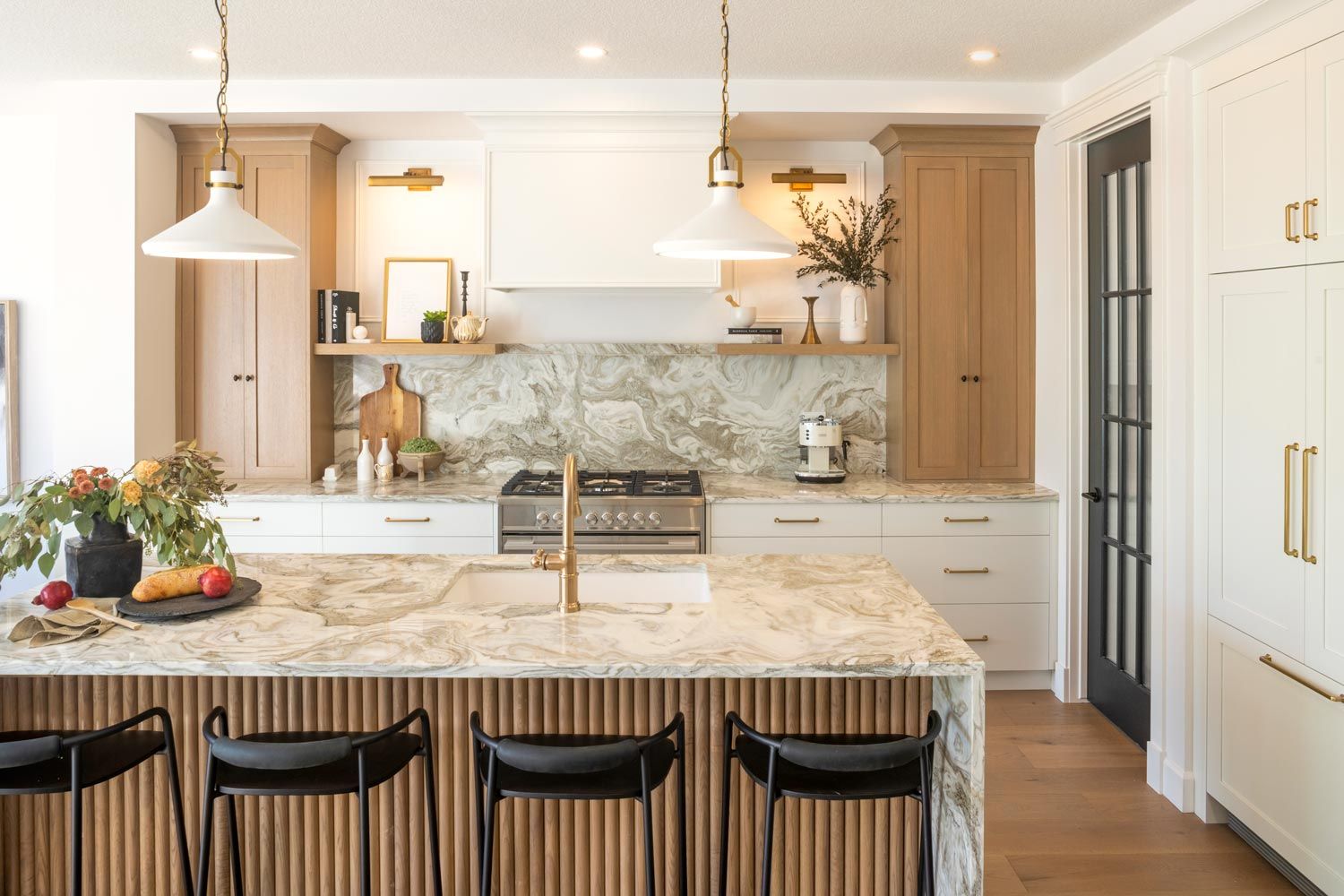
Water damage is one of the most common and costly problems for homeowners in Dallas-Fort Worth, especially in the kitchen—the heart of your home. Whether it’s a leaky dishwasher in Plano, a burst pipe in Fort Worth, or a clogged sink in Frisco, kitchen water damage can lead to hefty repair bills, mold growth, and serious inconvenience.
In this blog, we’ll dive into the causes of kitchen water damage, tips for prevention, and how to handle insurance claims in case the unexpected happens.
Common Causes of Kitchen Water Damage in Dallas-Fort Worth
Kitchens are high-traffic areas with multiple water-dependent appliances and fixtures, making them a hotspot for potential water damage. Here are the most common culprits:
1. Leaky Dishwashers
Dishwashers are one of the biggest offenders when it comes to kitchen water damage. Over time, seals and hoses can wear out, leading to leaks. This is especially common in high-use kitchens in cities like Southlake and Grapevine, where families rely heavily on their appliances.
2. Burst Pipes
Plumbing failures can happen suddenly, particularly during DFW’s occasional winter freezes. Pipes under the kitchen sink or behind the walls can burst, flooding the area in minutes.
3. Clogged Sinks
Kitchen sinks handle grease, food particles, and other debris, which can lead to clogs. Overflows from clogged sinks are a common cause of water damage in homes across Richardson and Arlington.
4. Refrigerator Leaks
Modern refrigerators often have water lines for ice makers or dispensers. If these lines develop a leak or the drain pan overflows, you could end up with water pooling around your fridge.
5. Old or Malfunctioning Appliances
Aging washing machines, garbage disposals, and water heaters located near or in the kitchen can lead to significant leaks. Fort Worth and Plano homeowners with older homes may face this issue more frequently.
Signs of Kitchen Water Damage
Early detection is key to minimizing water damage and preventing costly repairs. Watch for these signs:
- Discoloration: Look for stains or discoloration on ceilings, walls, or flooring.
- Musty Odors: Persistent smells may indicate hidden mold growth.
- Warped Cabinets or Flooring: Wood or laminate materials may buckle or warp when exposed to moisture.
- Unexplained Water Puddles: Frequent puddles near appliances are a red flag.
- Increased Water Bills: A sudden spike in your water bill could indicate a hidden leak.
Preventing Kitchen Water Damage
Prevention is always better than dealing with costly repairs and insurance claims. Here’s how DFW homeowners can keep their kitchens safe from water damage:
1. Regular Appliance Maintenance
- Inspect dishwashers, refrigerators, and washing machines regularly for leaks or worn-out hoses.
- Replace old or damaged appliance components before they fail.
2. Install Water Leak Detectors
Place water leak sensors under sinks, near dishwashers, and behind refrigerators. These devices send alerts to your smartphone if they detect moisture, allowing you to act quickly.
3. Monitor Your Plumbing
- Check under the sink for leaks or corrosion on pipes.
- Insulate exposed pipes during winter to prevent freezing and bursting.
4. Clean Your Drains
Prevent clogs by regularly cleaning sink drains and avoiding pouring grease or food scraps down the drain. Consider using a drain guard to catch debris.
5. Upgrade Appliances
If your appliances are more than a decade old, it might be time to invest in newer, more efficient models. Modern appliances often come with safety features to reduce the risk of water leaks.'
6. Seal Countertops and Backsplashes
Properly sealed surfaces can prevent water from seeping into cabinets or walls.
How to Handle Kitchen Water Damage
If water damage occurs in your kitchen, acting quickly is crucial to minimize the damage. Follow these steps:
1. Stop the Water Source
Turn off the main water supply or the valve for the specific appliance causing the leak.
2. Remove Standing Water
Use towels, mops, or a wet/dry vacuum to remove as much water as possible. Standing water can cause mold growth within 24-48 hours.
3. Dry the Area
Use fans, dehumidifiers, and open windows to promote airflow and speed up the drying process.
4. Inspect for Damage
Check cabinets, flooring, and walls for signs of water absorption. Don’t forget to inspect under appliances.
5. Contact a Professional
For significant water damage, it’s best to call a professional restoration company in Dallas-Fort Worth. They have the expertise and equipment to handle drying, mold prevention, and structural repairs.
6. File an Insurance Claim
If the damage is extensive, document everything with photos and videos. Contact your insurance company promptly and provide detailed descriptions of the damage.
Filing an Insurance Claim for Kitchen Water Damage
Here’s how to ensure your insurance claim process goes smoothly:
1. Understand Your Policy
Most standard homeowner policies in Dallas-Fort Worth cover sudden and accidental water damage, like a burst pipe or leaking appliance. However, they typically exclude gradual damage due to neglect or external flooding.
2. Act Quickly
Report the damage to your insurer as soon as possible. Delaying a claim may lead to denial.
3. Provide Documentation
Take photos of the damage, including affected appliances, flooring, and cabinets. Keep receipts for any temporary repairs or professional inspections.
4. Work with a Trusted Contractor
Choose a local restoration company familiar with the insurance process. They can help you provide accurate repair estimates to your insurer.
The Financial Impact of Kitchen Water Damage
Kitchen water damage can be costly. According to recent data, the average cost to repair water damage in the U.S. is over $12,500. In DFW, costs can vary depending on the extent of damage and the quality of materials in your kitchen.
For homeowners in affluent neighborhoods like Highland Park and Southlake, premium finishes and custom cabinetry can push repair bills even higher. In contrast, homes in Arlington or Garland may face lower costs but still require significant financial resources to restore a fully functional kitchen.
Mold Risks After Kitchen Water Damage
Mold can start growing within 24 hours of water exposure. In humid climates like Dallas-Fort Worth, this timeline may be even shorter. If water damage isn’t addressed promptly, mold can spread to cabinets, drywall, and flooring, posing health risks and increasing repair costs.
Prevent Mold Growth:
- Dry all affected areas thoroughly.
- Replace porous materials like insulation or drywall if they’ve been soaked.
- Use dehumidifiers to reduce moisture levels in your kitchen.
DFW-Specific Kitchen Water Damage Tips
Dallas:
Urban kitchens often have high-end appliances and compact layouts. Regular maintenance of these appliances can prevent costly leaks.
Fort Worth:
Older homes in Fort Worth may have aging plumbing systems. Inspect pipes regularly to catch issues early.
Frisco and Plano:
Fast-growing suburban areas like Frisco and Plano often feature modern kitchens with integrated water lines. Ensure these connections are secure and free of wear.
Arlington:
Stormproof your kitchen by ensuring proper drainage around your home to prevent flooding during heavy rains.
Conclusion: Protect Your Kitchen and Your Home
Water damage in the kitchen is a nightmare no homeowner wants to face, but with proper maintenance and quick action, you can minimize the risks. From leaky dishwashers to burst pipes, understanding the causes of water damage and how to address them will save you time, money, and stress.
For Dallas-Fort Worth homeowners, the best defense is a proactive approach. Regular maintenance, smart technology, and a solid understanding of your insurance policy will keep your kitchen safe, functional, and beautiful for years to come.
Need help with water damage in your kitchen? Contact a trusted local restoration company to get your kitchen back to its best in no time.
